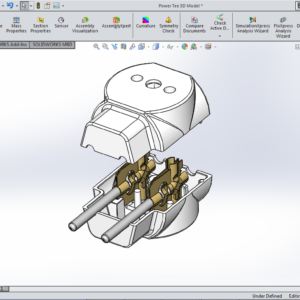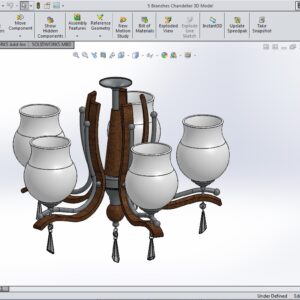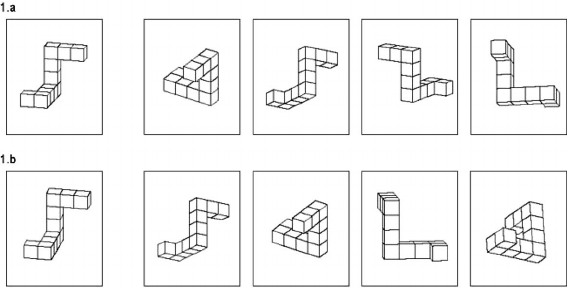
3D Visualization and Exercises to Strengthen It
The ability to visualize in three dimensions is one of the key and essential skills for solid designers and engineers. This ability allows you to mentally picture objects, parts, or mechanisms not only in two dimensions but also in three-dimensional space and in real-world contexts. Having this skill can significantly simplify the design process and reduce errors and mistakes during the manufacturing and production stages. When you are able to accurately visualize a part or mechanism, you can anticipate potential problems and prevent them.
Three-dimensional visualization enables designers to better understand the complex relationships between various components of a system and to visualize how they interact with one another more clearly. This skill can also contribute to the improvement of creativity and innovation, as the designer can experience concepts and designs in their mind without physical constraints, leading to the creation of more innovative ideas. Overall, 3D visualization is an essential tool in design, enhancing both the technical and creative abilities of designers and allowing them to achieve more precise and practical designs.
In this article, we aim to strengthen your 3D visualization skills with a few simple exercises.
3D Visualization Exercises
Exercise 1 – Can you visualize a cube with one of its edges chamfered? What if the opposite edge of that face is also chamfered on the other side of the cube? Can you imagine how each face of this cube, which was originally square, would now appear? To prevent your gaze from accidentally shifting to the image, we have placed the entire visual at the end of the text.
Exercise 2 – Visualize a pyramid similar to the one shown below.
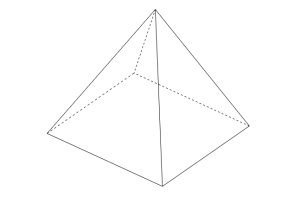
If a vertical hole with a circular cross-section, as shown in the image, is drilled from the base of the pyramid to its apex, what shape will the tip of the pyramid become?
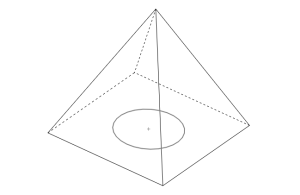
Exercise 3 – This exercise is a bit more challenging. Imagine a square cube with a spherical hollow (empty space) at its center. The size of this spherical space is such that it is tangent to all 12 edges of the cube. Naturally, the diameter of the sphere must be larger than the diameter of the cube for the sphere’s surface to touch all the cube’s edges. First, try to visualize this shape, and then look at the images below.
Final Image of Exercise 1:
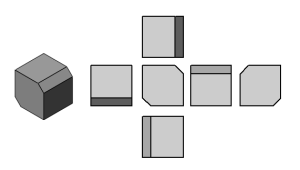
Two faces are identical, and the other four faces are also similar to each other.
Final Image of Exercise 2:
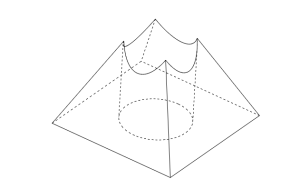
Had you imagined the sharp edges that were created?
Final Image of Exercise 3:
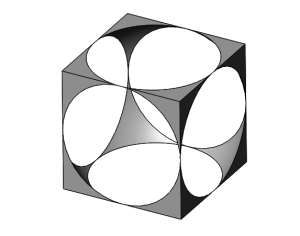
Did you visualize eight pyramids subtly connected to each other, with their opposite faces being concave toward one another?






